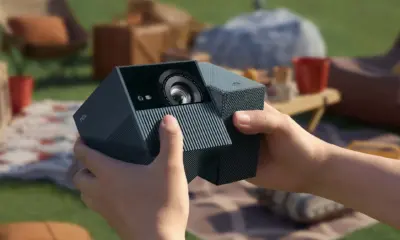News
TCL Shipments Dip 23% in Q2 2025 as Indian-Made Phones Gain US Ground
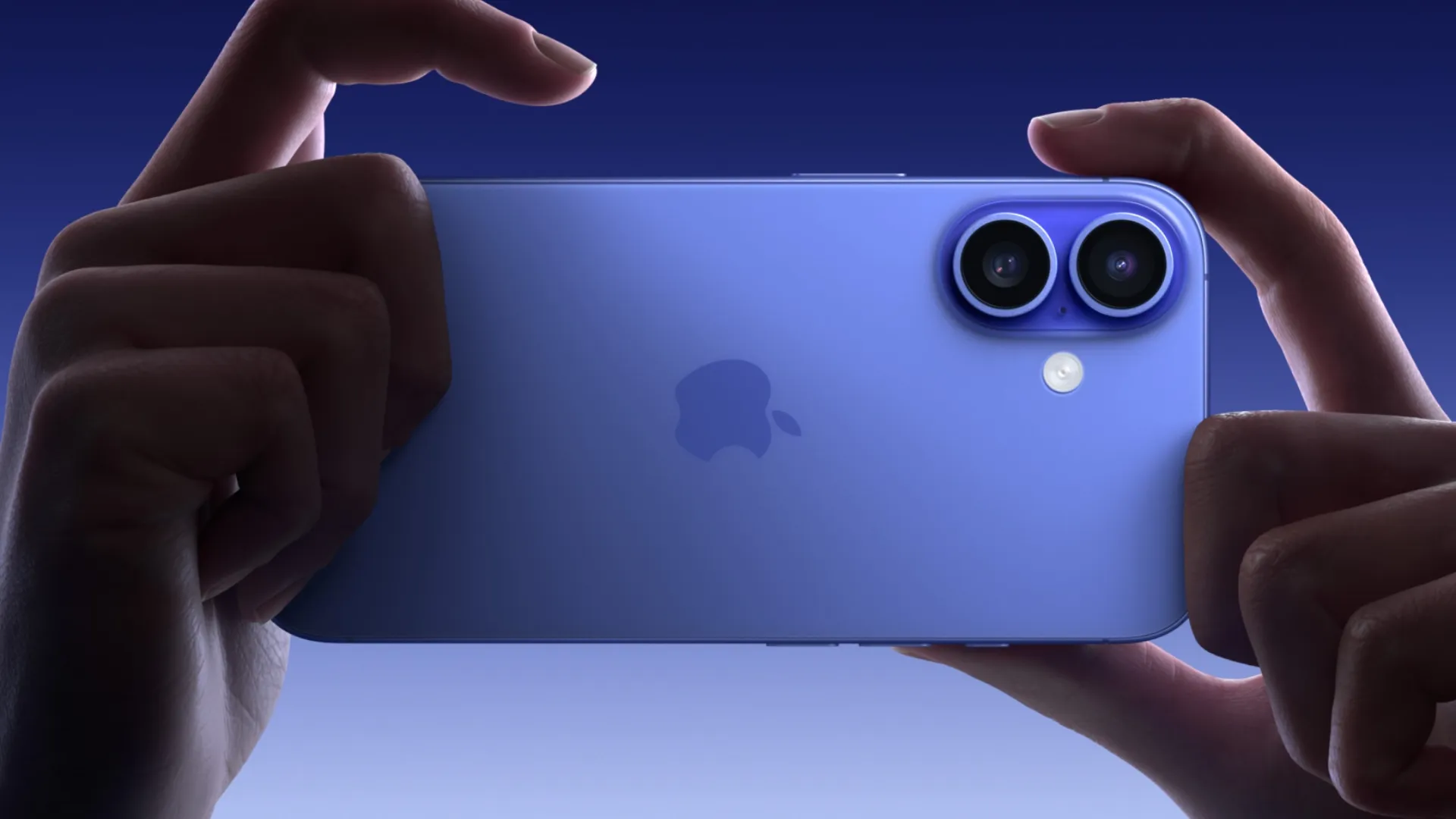
The US smartphone market just got a fresh update, and it’s a mixed bag depending on where you sit. According to the latest Canalys report for Q2 2025, overall shipments ticked up by a modest 1% year-over-year, reaching 27.1 million units. But the real story is in the brand-by-brand breakdown, and it’s a rollercoaster.
Apple, long the dominant force in the US, saw iPhone shipments dip by 11%, falling to 13.3 million units. That’s a steep reversal from the previous quarter, where Apple had posted a 25% growth surge. Despite the drop, Apple still holds the top spot with 49% market share. But the winds are shifting.
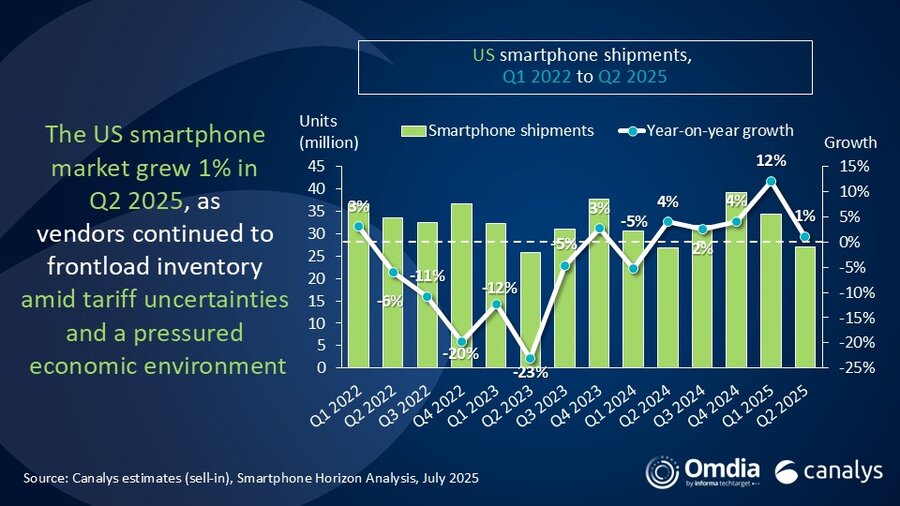
Samsung, on the other hand, had a breakout quarter. The Korean giant grew its shipments by a massive 38%, up to 8.3 million units, tightening its grip on second place with a 31% share. Motorola continues its quiet expansion, registering a 2% bump to 3.2 million units. Google also edged up with a 13% growth in Pixel shipments, now holding a 3% slice of the pie.
Then there’s TCL.
TCL shipped 700,000 smartphones in the US in Q2 2025, down from 1 million units in the same quarter last year, a sharp 23% decline. That figure puts the brand neck and neck with Google, and just above the “Others” category, which also slid 34%. It’s not a great quarter for TCL in the US, at least in raw numbers. But it’s also not entirely unexpected.
The decline comes amid a significant shift in global manufacturing. US imports of China-assembled smartphones dropped from 61% in Q2 2024 to just 25% this quarter, according to Canalys. Meanwhile, phones assembled in India shot up 240% year-over-year, now making up 44% of US smartphone imports. For TCL, whose phones are primarily assembled in China, this is a supply chain challenge as much as a market one.

What happens next will depend on how fast TCL adapts to the geopolitical and logistical realities shaping the mobile world. It’s worth noting that the company has shown resilience in other markets and categories, including its growing presence in TVs and display tech. But for now, its US smartphone business is facing stiff headwinds.
In related news, Samsung and Sony are stepping into the RGB Mini LED game—but they’re already lagging behind. Also, learn how to fine-tune your TCL TV for the best picture quality.
(Source)
News
TCL to Showcase Next-Gen Displays and AI-Powered Product Lineup at CES 2026
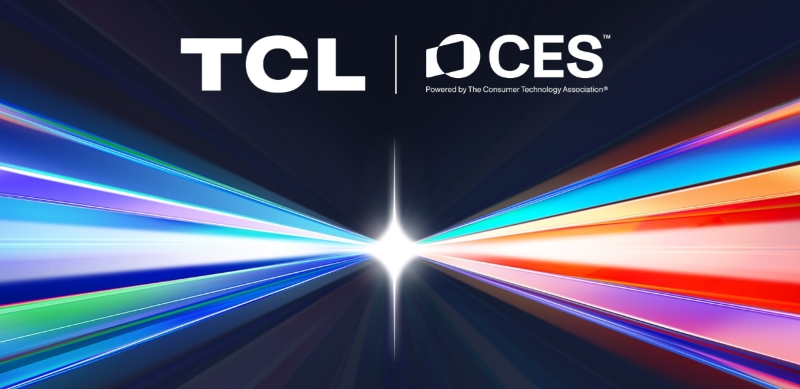
TCL has confirmed its participation at CES 2026 with a major showcase focused on advanced display technology and a wide range of AI-powered products. The company will occupy Booth #18604 at the Las Vegas Convention Center’s Central Hall from January 6 to 9.
TCL plans to highlight its latest breakthroughs in display innovation, including its new SQD-Mini LED technology. The technology delivers five key improvements: wide color gamut for all scenarios, no color crosstalk, higher peak brightness, more local dimming zones, and a slimmer profile. TCL will display these panels across TVs, monitors, mobile devices, and wearables.

The company will also debut new NXTPAPER smartphones and enote tablets with eye-care features. Visitors can expect a hands-on look at TCL’s latest AR glasses, designed to enhance personal entertainment and productivity.
TCL’s presence at CES will extend beyond displays. The company will introduce a complete lineup of AI-powered smart home devices, including air conditioners, refrigerators, washing machines, and smart locks. TCL will also present AI-powered TVs, projectors, and AR glasses that support personalized content and smarter interaction.
The company aims to show how its AI systems can support daily life through a connected ecosystem. Its Human-Vehicle-Home strategy will be on display through mobile devices, tablets, and smart integration solutions that combine intelligent productivity with mobility and home automation.
TCL’s booth will act as a live demonstration of how its display and AI technologies work together to shape future living and viewing experiences. The company has stated that more product details will be revealed during the event.
In related news, Apple’s upcoming foldable iPhone could drive significant growth for TCL CSOT, while TCL has also launched its PlayCube, A1S, and C1 portable projectors in the UK market.
News
Apple’s Foldable iPhone Could Fuel Big Gains for TCL CSOT

Apple is expected to enter the foldable smartphone market in 2026, and its arrival could significantly impact the display supply chain. According to a new report from Counterpoint Research, global shipments of foldable smartphone panels are forecast to grow 46% year-on-year, with Apple’s panel procurement plans playing a major role in driving that increase.
While Samsung Display is projected to lead with a 57% market share, TCL CSOT is quietly emerging as one of the fastest-growing players in the foldable panel segment. Counterpoint estimates that TCL CSOT will see a 47% year-on-year growth in foldable panel shipments in 2026, placing it ahead of several competitors in terms of momentum.
The report highlights a shift in consumer preferences toward book-style foldable devices with large, inward-folding displays. These designs are gaining traction in both global and Chinese markets, where buyers are prioritizing screen size and productivity features over compact form factors. Samsung’s Galaxy Z Fold 7 has already outsold the Flip model in early sales during the second half of 2025, underlining the trend.
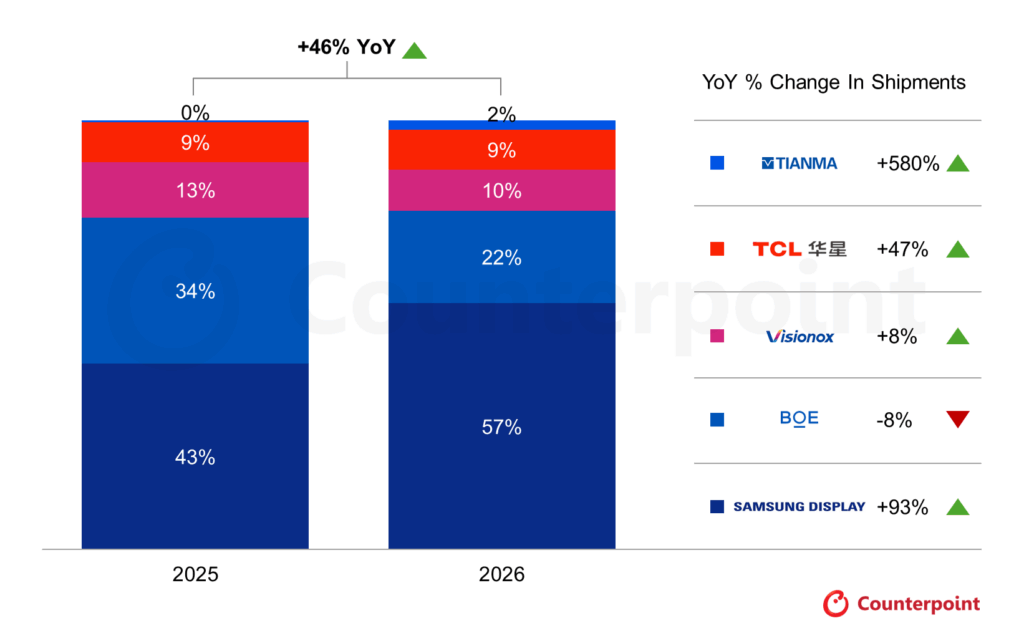
Panel makers are expected to post uneven results next year. BOE may experience an 8% decline, while Visionox is projected to grow 8%. Tianma is forecast to achieve the highest year-on-year surge at 580%, though from a smaller base. TCL CSOT’s 47% growth positions it as a key player poised to benefit from rising demand and higher average selling prices.
Counterpoint also expects foldable smartphone shipments to grow 14% in 2025 and 38% in 2026. As Apple prepares to enter the market and push foldables into the mainstream, TCL CSOT appears well-placed to expand its presence in the global foldable display market.
In related news, TCL CSOT is supplying the display panel for AOC AGON’s 1000Hz gaming monitor, the AGP277QK, while TCL has also launched the PlayCube, A1S, and C1 portable projectors in the UK.
News
TCL launches PlayCube, A1S, and C1 portable projectors in the UK
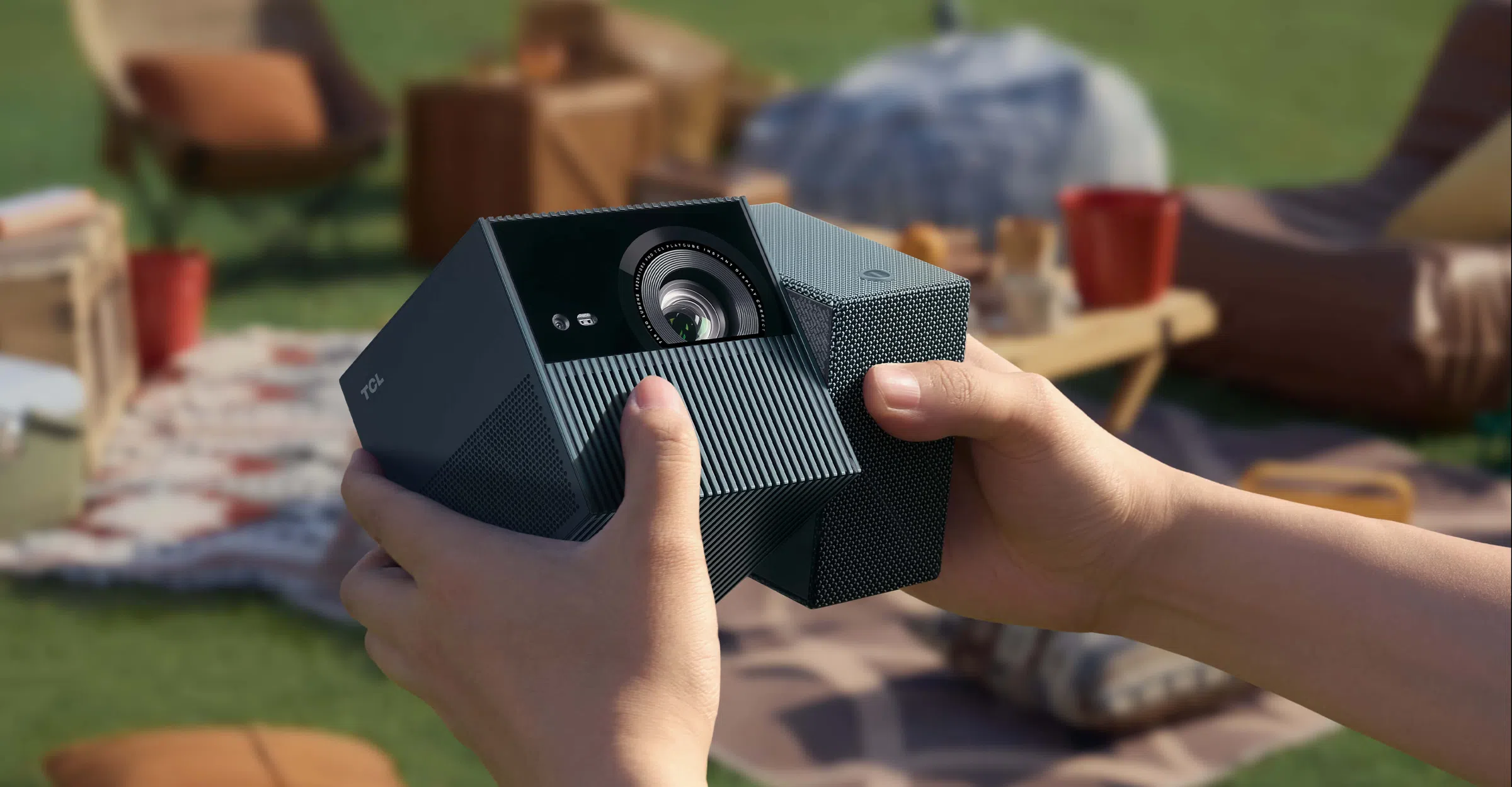
TCL has launched its full range of portable projectors in the UK. The lineup includes the uniquely designed PlayCube, the versatile A1S, and the compact C1. All three models are also available in the U.S.
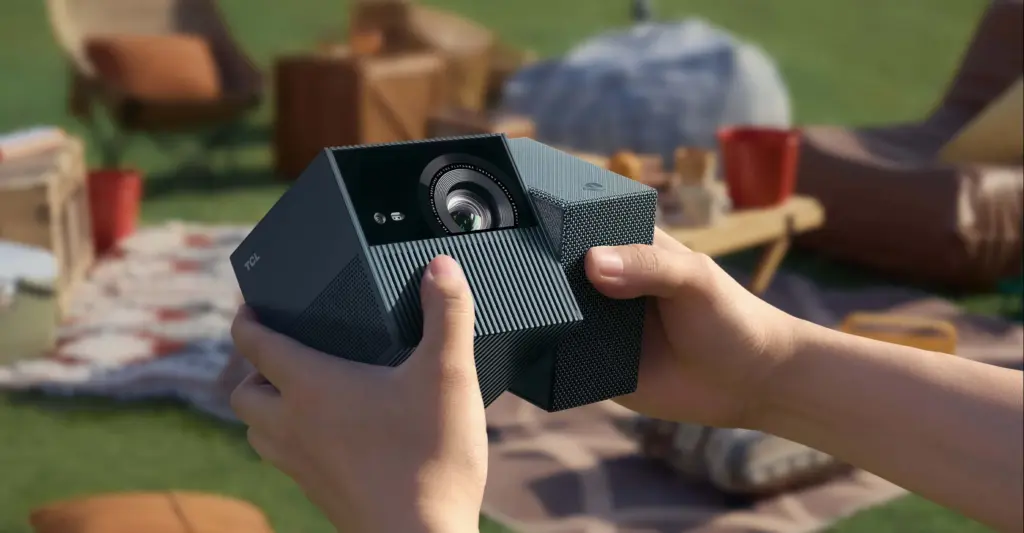
The PlayCube, priced at £799.99 in the UK and $749.99 in the U.S., features a cube-shaped design inspired by the Rubik’s Cube. It weighs under 1.4kg and runs wirelessly for up to three hours thanks to a built-in battery. It uses Google TV with optimized Netflix support, and its rotatable lens design allows flexible image placement on walls, ceilings, or tents.
The projector outputs 750 ISO Lumens and supports 4K input, although its native resolution is 1080p. It covers 124% of the Rec.709 color gamut and features instant autofocus, auto keystone correction, and Dolby Digital Plus audio.
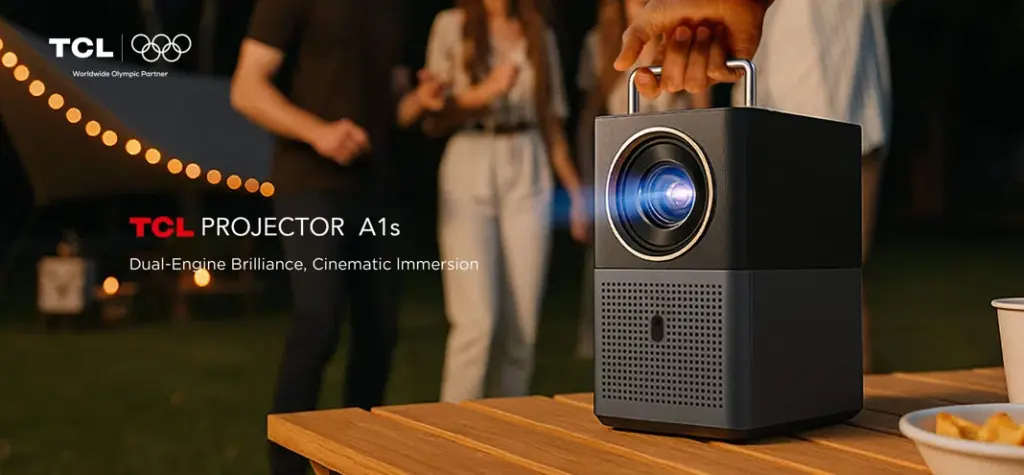
The A1S, priced at £369.99 in the UK and $330 in the U.S., features a tower design with a built-in “Versagrip” handle that acts as a stand. It also uses Google TV with Netflix, supports 4K input on a 1080p panel, and outputs 600 ISO Lumens. A 16W speaker system with passive radiators and reactive lighting adds entertainment value, especially during outdoor or party use.

The C1 is the most affordable option at £249.99 in the UK and U.S. It retains full HD resolution, Google TV, Netflix support, and automatic image adjustments. It delivers 230 ISO Lumens and can project up to 120 inches. The rotating gimbal handle helps with angle adjustment, and the built-in 8W speaker removes the need for external audio gear.
In related news, we recently covered the best TCL TVs under $500 you can buy in 2025, so do check that out as well.
(Via)



